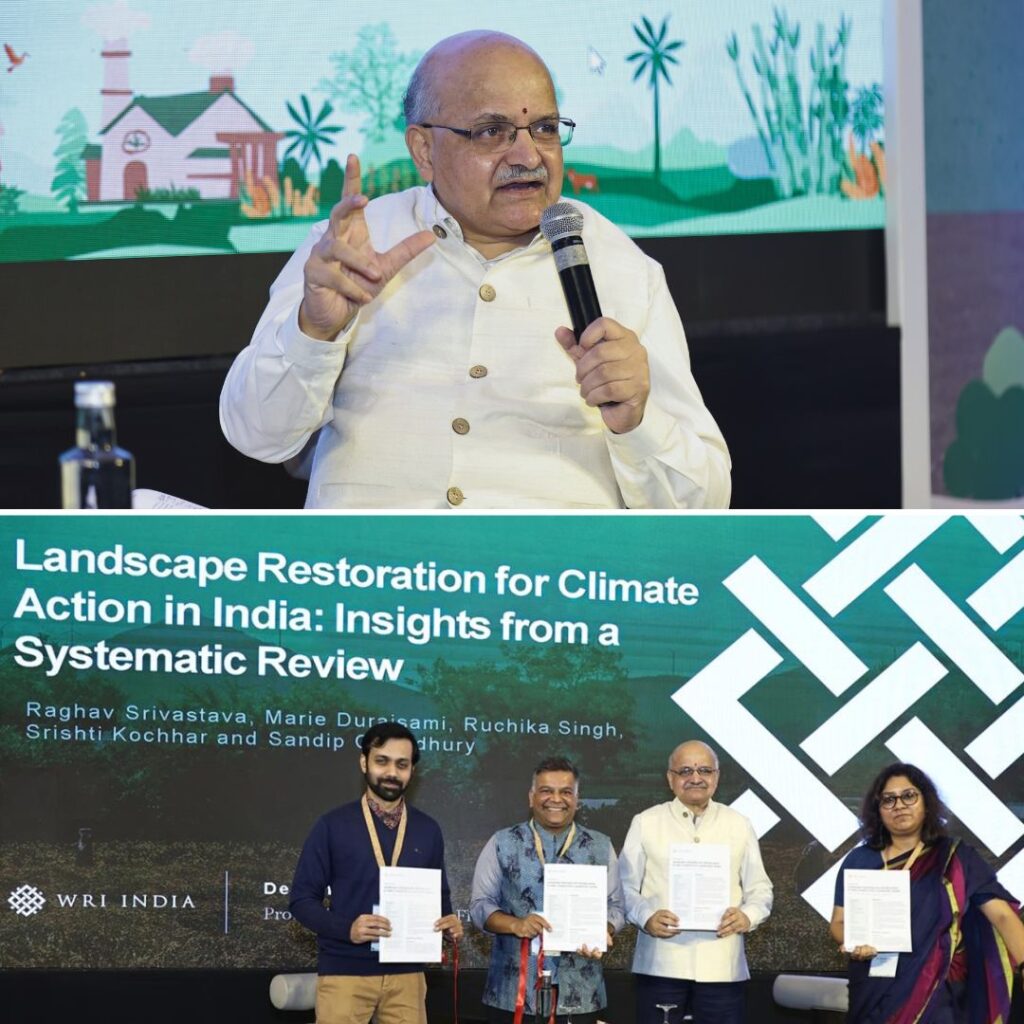The nationwide lockdown that has kept 1.3 billion Indians indoor though temporarily has brought positive changes into the environment. Air and water pollutions levels have come down in many parts of India with rivers becoming fit for drinking, and air more breathable.
Here are four important environmental developments that occurred during the lockdown in India.
Cleaner Air
The lockdown has resulted in better air quality. In May 2014, New Delhi was ranked as the most polluted city in the world by the World Health Organization (WHO).
According to an India Today report, at its peak, the pollution level in the capital soared to 900 and above. Generally, it used to be 200 as per the air quality index (AQI), 25 per cent above the unsafe level.
Due to the lockdown, the national capital’s 11 million registered cars were taken off the roads. Factories and construction halted functions. Subsequently, the AQI levels have regularly fallen below 20.
Government data sates that in New Delhi, the average concentration of PM 2.5 plunged by 71 per cent in the space of a week. Before the lockdown on March 20, it was estimated at 91 micrograms per cubic meter which fell to 26 on March 27, after the lockdown began.
Clearer Water
Visuals showing cleaner River Ganga surfaced from Kanpur in Uttar Pradesh to Varanasi. The shutting down of industries during the lockdown resulted in clearer water.
Reportedly, fishes were seen near the Varanasi ghat steps. This apparently happened because of absence or crowds and clean water.
Further, critically endangered South Asian River Dolphins also known as Ganges Dolphins were spotted back in the Ganga river after 30 years.
Decreasing levels of water pollution paved the way for the South Asian River Dolphins to make an appearance at various Ganga Ghats of Kolkata.
To add to this the water quality of river Ganga at Har-ki-Pauri in the holy city of Haridwar was classified as ‘fit for drinking’.
‘The remarkable level of purity is due to the absence of any industrial pollutants and garbage. It is after a long time the water quality of the Ganga river has become good for ritual sipping (achaman). In some stretches, the water has also become fit for drinking after its quality has been tested at different parameters. Such a remarkable improvement has not been witnessed in the past 30-40 years,’ India Today quoted environmental scientist and professor BD Joshi as saying.
‘Hundreds of people used to come to take a holy dip in Haridwar every day and during the auspicious days, the numbers used to swell to thousands. Since the lockdown has come into effect people cannot come here. The other factor for improvement in the water quality is the melting snow which is merging into the river,’ he added.
Return Of Migrating Flamingos
Tens of thousands of flamingos flocked in Navi Mumbai. The birds usually migrate to the area every year, but residents reported that this year they have seen a massive increase in their numbers.
They say water is #pink in #Mumbai as #flamingos have arrived in record number. They say there are no people to enjoy. Via @firstpost pic.twitter.com/tH4lUmzhHL
— Parveen Kaswan, IFS (@ParveenKaswan) April 23, 2020
Snow-Capped Mount Everest Seen From Bihar
Residents in Bihar’s Singhwahini village witnessed the sight of Mount Everest from their houses after decades on Monday, May 4.
A picture, claiming to show the Himalayan range, located hundreds of kilometres away in Nepal, was shared on Twitter by Ritu Jaiswal, Mukhiya of Gram Panchayat Singhwahini, and has now gone viral.
Sharing the picture, Jaiswal said that it was the first time that she had seen Mount Everest from her village.
हम सीतामढ़ी जिले के अपने गाँव #सिंहवाहिनी में अपने छत से #MtEverest देख सकते हैं आज। प्रकृति खुद को संतुलित कर रही है। नेपाल के नज़दीक वाले पहाड़ तो बारिश के बाद साफ मौसम में कभी कभी दिख जाते थे। असल हिमालय के दर्शन अपने गाँव से आज पहली बार हुए।#NatureisBalancing@KashishBihar pic.twitter.com/Ss3UHAzxWN
— Ritu Jaiswal (@activistritu) May 4, 2020
Located near the Indo-Nepal border region, Sitamarhi district is a part of the Tirhut Division of the state. While the distance between Sitamarhi and Mount Everest is approximately 205 km, the aerial distance from this village is approximately 194 km.
Also Read: Largest Recorded Hole In Ozone Layer Over Arctic Now Closed: UN











